Border Collies are widely considered one of the smartest dog breeds in the world, mastering commands with lightning speed. On the other hand, the Belgian Malinois is a top military and police choice, known for its intensity and fearless drive, according to Britannica.
Both breeds are brilliant, hardworking, and athletic—but they channel their strengths in very different ways. So why compare them? Because they’re often chosen by active families, working professionals, and handlers seeking intelligent, trainable dogs.
Yet choosing the wrong one can be overwhelming if you’re not ready for their unique energy and needs. Understanding their differences helps you find the perfect fit.
Belgian Malinois vs. Border Collie
Both the Belgian Malinois and Border Collie shine in their own way. These highly driven animals are built for action, often excelling in dog sports like agility, herding, and obedience trials.
While individual dogs may vary, most people find Border Collies easier to train for complex tasks, thanks to their problem-solving skills.
The Malinois, though, offers unmatched intensity and protection instincts. Before bringing one home, it’s key to understand their needs—these aren’t average family pets, but elite working companions.
Size and Weight Difference
Before choosing between a Border Collie or a Belgian Malinois (aka mals), it helps to understand their physical differences. These dogs may seem similar in energy, but their size tells another story.
Whether you’re living on a farm or just want a loyal friend to jog beside you, knowing their height and weight helps you prefer the dog that fits your life—and your space. Let’s break it down in a fun, easy-to-read chart!
|
Feature |
Belgian Malinois |
Border Collie |
|---|---|---|
|
Height (M) |
24–26 inches |
19–22 inches |
|
Height (F) |
22–24 inches |
18–21 inches |
|
Weight (M) |
60–80 pounds |
30–45 pounds |
|
Weight (F) |
40–60 pounds |
27–42 pounds |
Which is Better for Whom?
If you love physical work and want a bold protector, the Malinois may be your match. For potential owners seeking a slightly smaller, more agile buddy who excels in dog sports and cuddles too, go with the BC, according to New England Border Collie Rescue.
Comparing Trainability and Intelligence
Belgian Malinois:
The Mal is incredibly smart, fast-thinking, and laser-focused—especially when trained properly with positive reinforcement. This breed thrives with intense obedience work and can learn complex commands and coursework, even in high-stress environments.
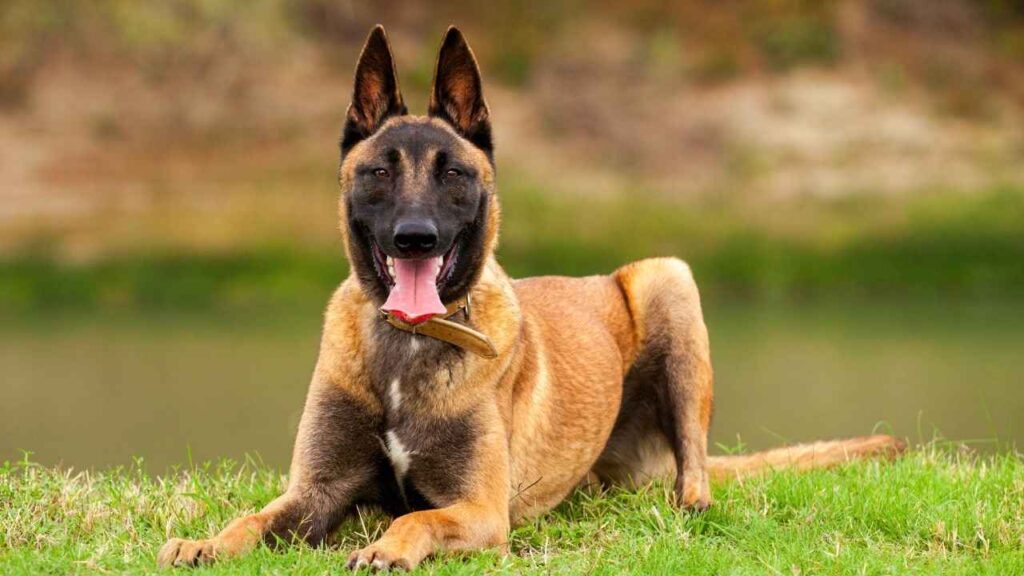
It’s no surprise they’re used by military vets. However, they can be dangerous in untrained hands. Training must be consistent, purposeful, and hands-on. They aren’t for the faint-hearted or the tired—they need physical activity and mental work every day.
Border Collie:
The BC is often ranked as the world’s smartest dog. These dogs can be trained to do nearly anything—from farm work to teaching funny tricks.
They excel in agility courses, rally, and even acting! They’re intuitive and pick up patterns quickly, often needing very little repetition.
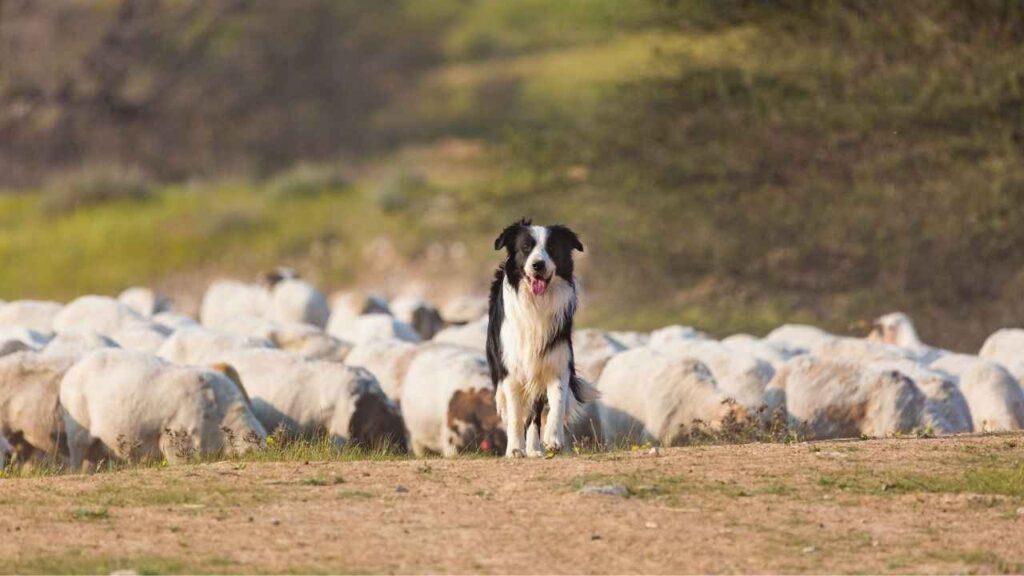
They’re ideal for potential owners who want a challenge wrapped in fur and fun. They’re also eager to present you with their latest learned behavior just for praise or snacks.
Personality Traits and Temperament
Belgian Malinois:
Loyal and highly protective
Needs firm, experienced handling
Can be careful and suspicious of strangers
Strong work ethic and high drive, according to PetMD
May show pushy behavior without structure
Not overly cuddly, but bonds closely
Border Collie:
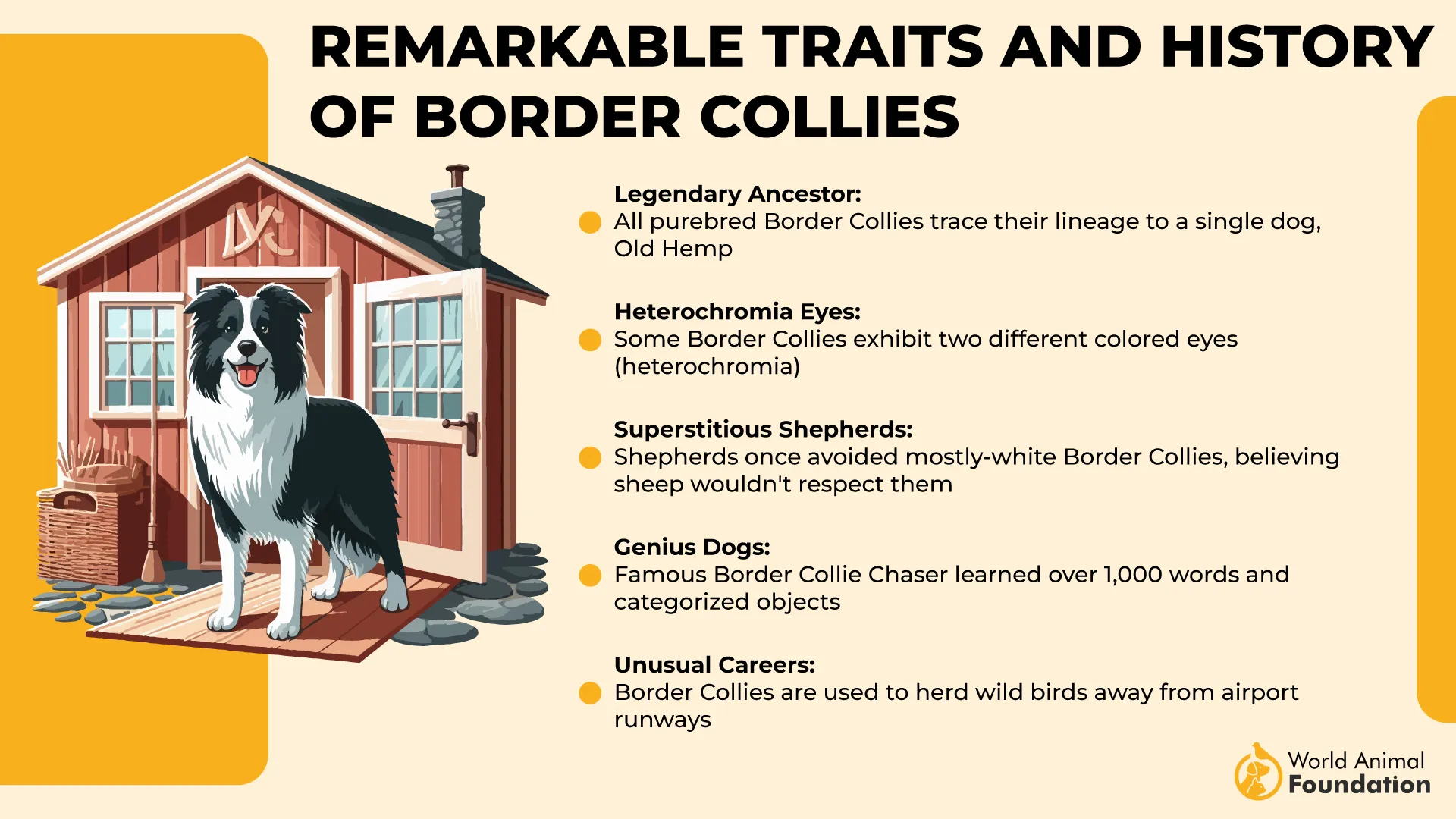
Loving, sensitive, and eager to please
Naturally gentle with children and animals
Playful and thrives on attention
Can get anxious if understimulated
Easy to motivate with praise or toys
May try to herd individual dogs or even kids
Which is Better for Whom?
Border Collies are perfect for families, dog lovers, or anyone who wants an intelligent, gentle buddy. They adapt well emotionally and physically.
Mals, on the other hand, are for experienced handlers who enjoy physical control, daily work, and a mental game. Without structure, a Mal can become too intense—or even threatening—for casual pet homes.
Adaptability and Independence Assessment
Belgian Malinois:
Mals are confident but not exactly adaptable. They do best in structured homes with clear rules and constant mental and physical stimulation.
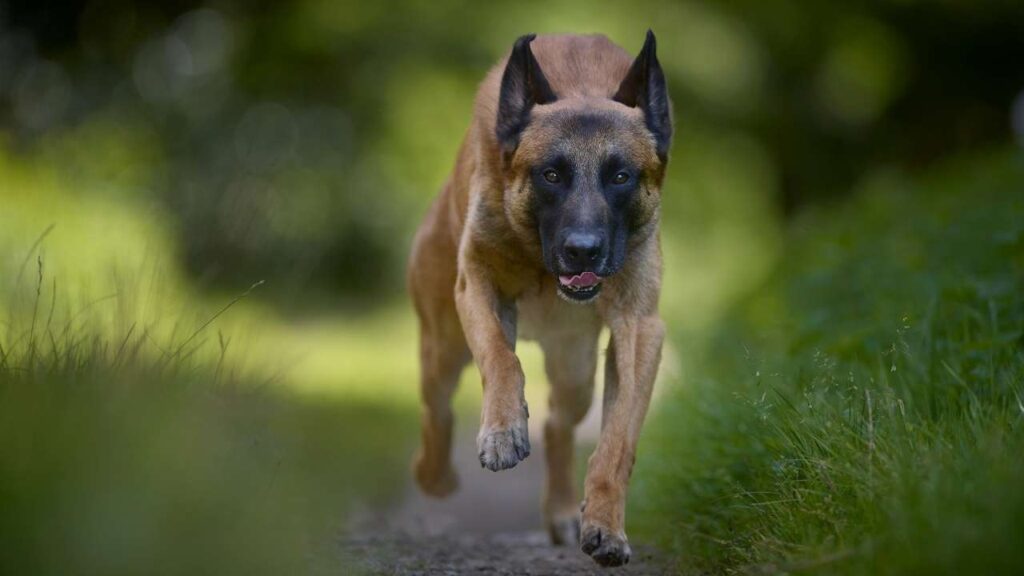
They can be left alone, but they don’t enjoy it. Without daily tasks, their personality may spiral into destruction. Money should also be set aside for advanced training and high-energy gear. These dogs must be watched properly, especially around strangers or new environments.
Border Collie:
The BC is more adaptable to household routines and can shift into family life with ease. They crave attention but can relax with mental tasks.
While they need physical exercise, they adjust better to rest days. Not ideal for long hours alone, but they don’t require as much intensity. If you like a slightly more flexible companion, Border Collies are the smarter choice for most dog owners.
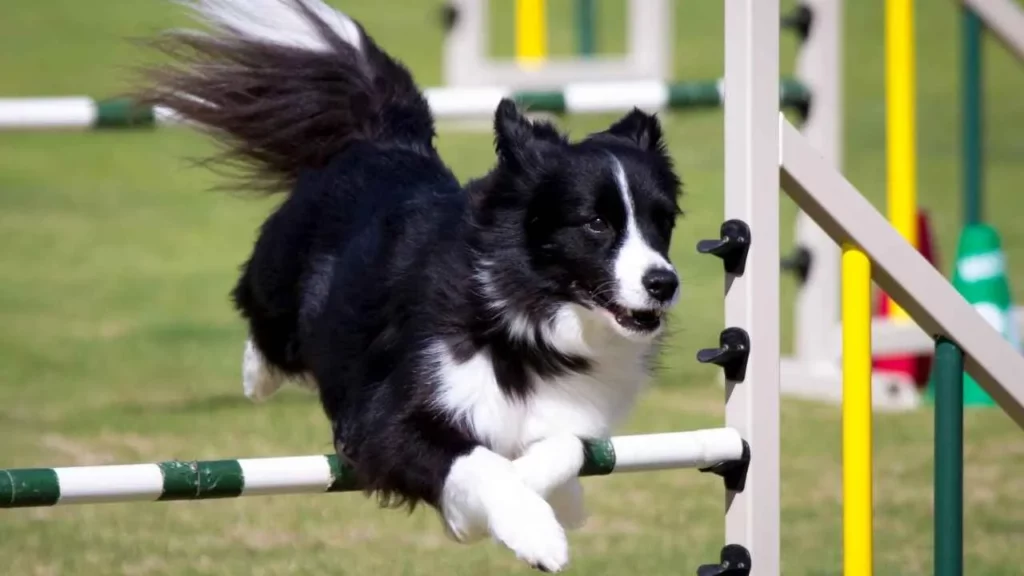
Which is Better for Whom?
Choose a Mal if you have experience, time, and energy for serious training and physical work. Their strong presence and intense loyalty are unmatched.
But if you like a joyful, fun, and adaptable pup who can thrive with daily brushing and love, the Border Collie is likely your perfect companion, especially for most owners seeking an intelligent, loving family dog. You can teach them anything, including teaching silly tricks.
Bite Force and Characteristics
Bite Force (PSI Estimates):
Belgian Malinois: ~195–200 PSI
Border Collie: ~170–180 PSI
When it comes to bite strength, Malinois have a slight edge—but it’s not just about numbers. Bite force matters most in jobs like protection or military work, where Malinois are famously capable and alert.
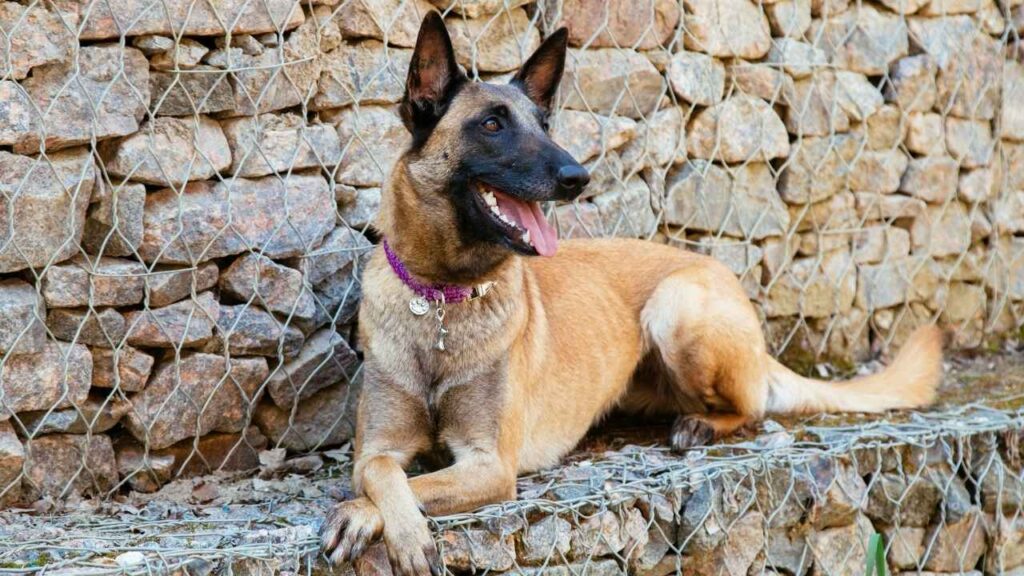
They were bred to herd and guard livestock, but today you’ll often find them on K9 units, search-and-rescue teams, or doing competitive bite work.
Border Collies also have a respectable bite, but they were bred to herd, not guard. They’re more about control and direction than aggression.
Their bite shows up when rounding up sheep or gripping a toy mid-air. Some owners rave about their ball obsession and the crazy energy they throw into playtime. They’re intense, but with a full heart.
Health Issues and Expected Lifespan Comparison
While both breeds are strong and athletic, health can vary depending on lifestyle and genetics. Mal lovers often emphasize their rugged nature, but don’t let that fool you—every dog has its vulnerabilities. Let’s take a quick look.
|
Condition |
Belgian Malinois |
Border Collie |
|---|---|---|
|
Hip Dysplasia |
Common – limit jumping on hard surfaces |
Common – especially in active dogs |
|
Progressive Retinal Atrophy |
Occasionally seen – monitor vision |
High risk – regular eye exams recommended |
|
Epilepsy |
Low incidence |
Some genetic lines are affected – test early |
|
Elbow Dysplasia |
Moderate – manage weight carefully |
Rare, but possible |
|
Allergies/Skin Issues |
Can occur – regular bathing helps |
Common – especially with food sensitivities, according to WebMD |
|
Lifespan |
10–14 years |
12–16 years |
Which Dog is Better for Whom?
If you want a longer-living, lower-maintenance pup, Border Collies may have the edge. But if you want a more rugged protector with strong working genes, a Malinois could be better, depending on your opinion and lifestyle job.
Nutritional Needs and Weight Management
Whether you’re feeding a working Malinois or a fetch-obsessed BC, the right nutrition plan makes all the difference. Each breed has different metabolisms and energy output, so it’s important to avoid weight gain while still fueling their daily activity. The house may be peaceful, but the food bowl is serious business!
|
Breed |
Ideal Weight (M/F) |
Calories/day (avg) |
Diet Notes |
|---|---|---|---|
|
Belgian Malinois |
60–80 lbs / 40–60 lbs |
1,200–2,000 |
High-protein, nutrient-rich. Rotate proteins. Great for working mals. |
|
Border Collie |
30–45 lbs / 27–42 lbs |
1,000–1,400 |
Balanced kibble or fresh food. Avoid overfeeding treats. Watch for food sensitivities. |
Remember—both breeds need weight monitoring. Throw in some training treats, but don’t let love add pounds!
Grooming Requirements and Allergy Considerations
Belgian Malinois:
Malinois have short, double coats that shed year-round, so while they don’t require professional grooming, they do benefit from weekly brushing to remove dead hair.
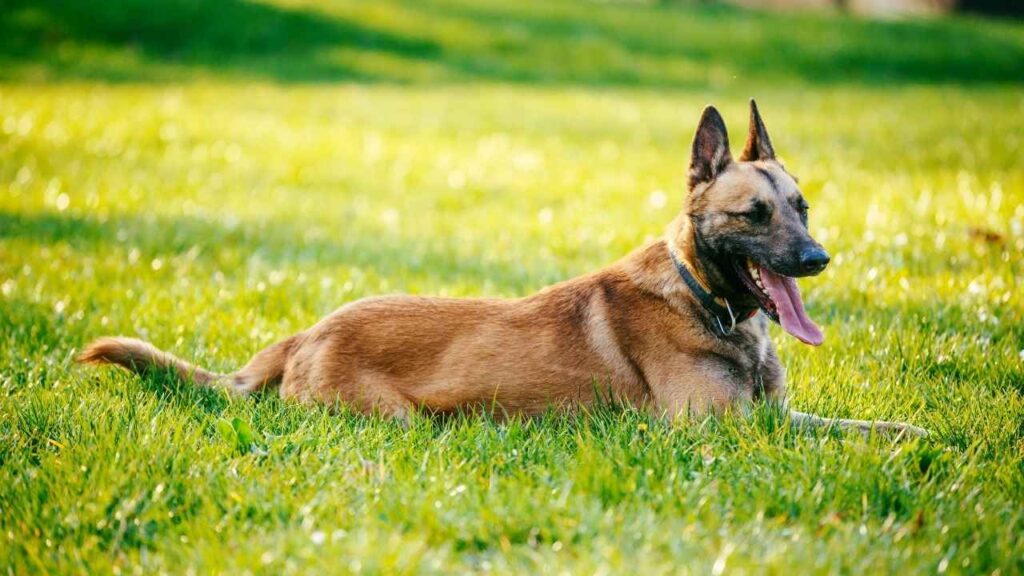
Baths? Only when needed. They’re relatively low on allergens, but they throw fur during seasonal sheds. Great for active households that don’t settle for fluff-free furniture.
Owners often matter to these dogs in a big way—they bond closely, and grooming is a great way to show love with a brush.
Border Collie:
Border Collies come with medium-length coats, either rough or smooth. They need more brushing, especially during shedding season.

While not heavy droolers, they can carry dander, so allergy-sensitive folks should be careful. Their coats trap burrs and debris, especially if you live near woods or fields.
Many owners prefer their natural, rugged look over excessive trimming. With daily brushing and a rinse after muddy adventures, you’ll keep their beauty shining—and your house cleaner too.
Conclusion
Choosing between a Belgian Malinois and a Border Collie isn’t just about looks—it’s about lifestyle, love, and what kind of bond you want to build.
The Malinois is a driven, protective powerhouse perfect for experienced, high-energy homes. The Border Collie, on the other hand, is a playful, intelligent, and loving companion who brings endless joy with a little less intensity.
Whether you want a loyal protector or a cuddle-ready herd master, both breeds offer deep devotion and purpose. At the end of the day, it’s not just about picking a dog—it’s about finding your heart match.


